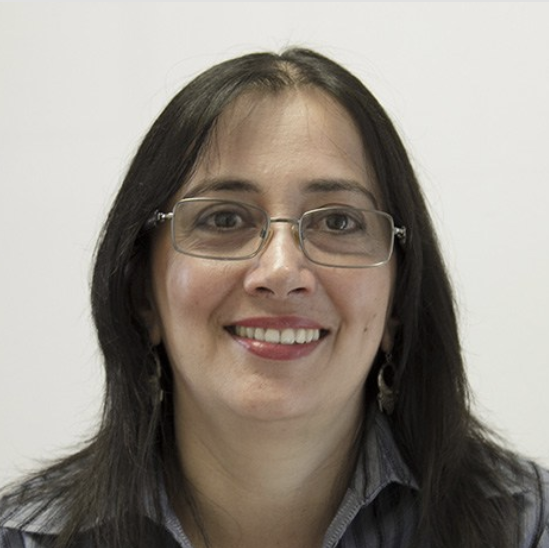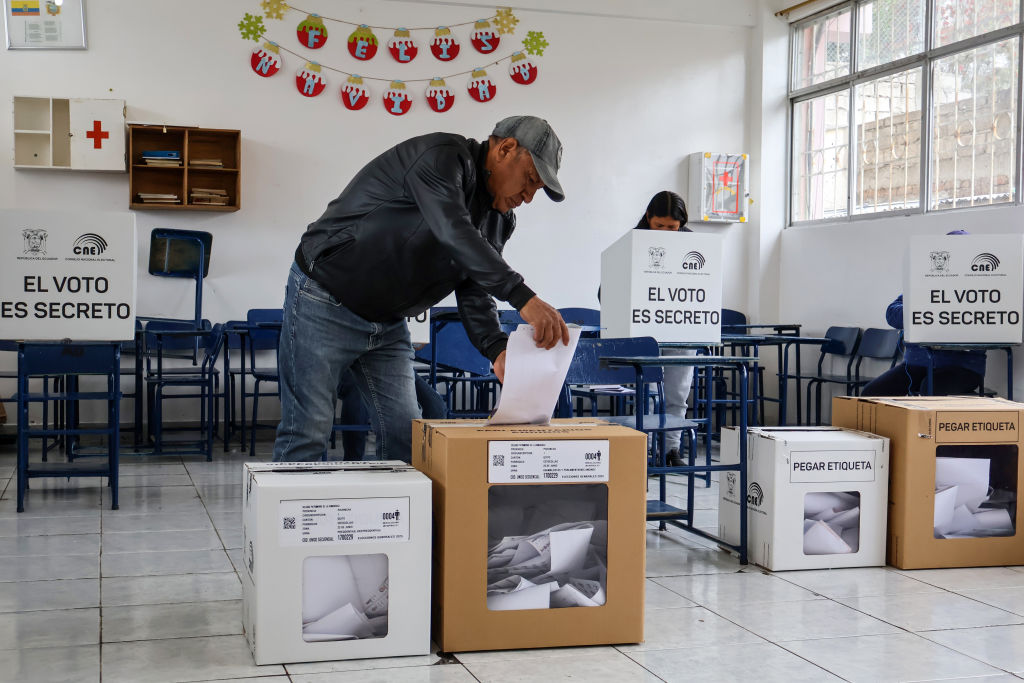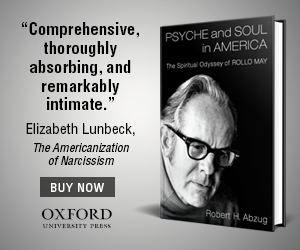With security and economic issues among their top concerns, Ecuadorians headed to the polls on February 9 to vote for president and for the 151 members of Ecuador’s recently expanded unicameral legislature.
With 92% of the vote counted, Daniel Noboa, the incumbent running with the Acción Democrática Nacional (ADN) party, led with 44.3%, followed closely by Luisa González of the Citizen’s Revolution (RC) party, at 43.8%, with only about 45,000 votes separating them. The two candidates, who competed in the runoff presidential election in 2023, will now face off again in a second round on April 13, expected to be tightly contested after a closer than anticipated first-round result.
In voting for the National Assembly, Noboa’s ADN topped the list with 43.5% of the vote, with González’s RC close behind at 41.2%, setting up a legislature where both parties will have strong representation.
AQ asked analysts to share their reactions and perspectives.

Sebastián Hurtado
Founder and president of PRóFITAS, a leading political risk consultancy based in Quito
Historically, sitting Ecuadorian presidents have rarely had a shot at reelection, making Noboa’s first-round election performance noteworthy. His ability to maintain public support, despite making only modest progress in reducing unprecedented violence and reviving a struggling economy, underscores his appeal as a relatively new political figure. Many voters appear willing to give him the benefit of the doubt, acknowledging that he has been in office for only 14 months and may need more time to deliver tangible results.
But the tight result shows correísmo remains a formidable political force. The movement has not held the presidency since 2017, and its leader, former president Rafael Correa, has been in exile in Europe for over seven years. Yet correísmo continues to mobilize a strong base, fueled by nostalgia for what many supporters perceive as a more prosperous era under effective governance.
Preliminary National Assembly results suggest that Noboa’s ADN party is likely to secure over 40% of the seats, the first party other than correísmo to do so in over 15 years. Together, ADN and correísmo (RC) are projected to control over 80% of the legislature, leaving most traditional parties very weakened and with marginal representation. This distribution of power suggests that either Noboa or González will have a realistic chance of forging a strong working majority along with smaller blocs, providing governability and the unique opportunity to implement long-overdue reforms necessary to reignite economic growth and address an unprecedented security crisis.
Looking ahead, the April 13 runoff remains highly uncertain, a much tighter race than many pre-election polls suggested and global markets expected. While Noboa remains the favorite for the reasons I explained above, he faces considerable risks over the next two months. For example, a further deterioration of security—January was the most violent month in Ecuador’s history—could further erode his credibility on a key voter concern. But Noboa’s most significant vulnerability is a lack of a clearly articulated political narrative that goes beyond his fight against criminal organizations and the “old political class.” González, on the other hand, will need to expand her appeal beyond the correísta and anti-Noboa base, convincing voters that she and her political movement can do a better job than Noboa at handling Ecuador’s pressing challenges.

Camila Ulloa
Research and learning officer, On Think Tanks
Last night’s results signal an extremely competitive runoff on April 13, with an intensifying campaign in the weeks ahead. Unlike the first-round elections in 2017, 2021 and 2023, where voter preferences were more fragmented among multiple candidates, two clear options emerged in this race. Noboa and González captured almost the entirety of valid votes. Leonidas Iza ranks third with just over 5%, followed by Andrea González with 2.7%, while none of the remaining 12 candidates surpassed 1% of the vote.
Noboa, in his dual role as president and candidate, has remained an active contender despite continuing to hold office, occasionally taking leave to focus on his campaign. His strategy has relied on a strong digital presence, with significant investment in social media. According to Ecuador Decide, Noboa has spent approximately $2 million just on TikTok ads during the campaign, showcasing his team’s focus on attracting young voters and strengthening his digital image. However, during his tenure as president he has faced several challenges that may have cost him support in the first round. Security concerns remain a dominant issue for voters, and public clashes with Vice President Verónica Abad have exposed internal divisions within his administration, weakening his image.
González and her party, the Citizen’s Revolution, face the challenge of expanding their electoral base and forging alliances with other political factions. Her performance in the first round has been remarkable. She has exceeded her party’s traditional voter ceilings and achieved the movement’s best first-round result since 2017.
With both candidates locked in a tight race, the runoff campaign promises to be an intense battle where they will seek to highlight their differences. In this context, Leonidas Iza’s voters will determine the runoff’s outcome. His electoral base, centered around Indigenous movements and progressive sectors, could tip the balance in favor of either candidate, depending on the alliances and commitments forged in the coming weeks.

Saudia Levoyer
Professor at Universidad Andina Simón Bolívar in Quito
The second round between President Noboa and González, scheduled for April 13, is expected to be uncertain. The campaign will feel lengthy and complicated as both try to seize their opponent’s votes. Each camp will aim to capture the approximately 12% of voters who selected different candidates in the first round, or those who opted for null or blank votes (almost 9%).
This will undoubtedly deepen polarization, and the discussion will revolve around very sensitive issues for the country, such as the potential return of Rafael Correa and his collaborators accused of alleged corruption, security (seen especially as the military’s fight against organized crime), dollarization, and job creation.
At the same time, the candidates will have the challenge of plotting their next political steps within and outside the National Assembly. Whether they win or lose the election, their parties—Noboa’s National Democratic Alliance and González’s Citizen’s Revolution—will emerge as the two largest groups.
The question in the days ahead is whether the candidates will become a source of destabilization for one another or agree not to harm each other. It will be key to monitor with whom or on what issues they reach agreements, how they address the presence of crime in the country’s institutions, and how their political agendas are adjusted so that the other half of Ecuadorians accept it. It is undoubtedly a delicate and crucial moment for Ecuador.





